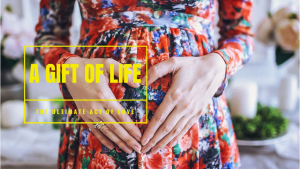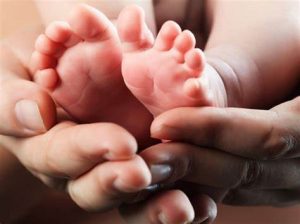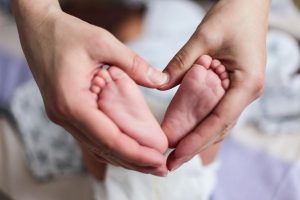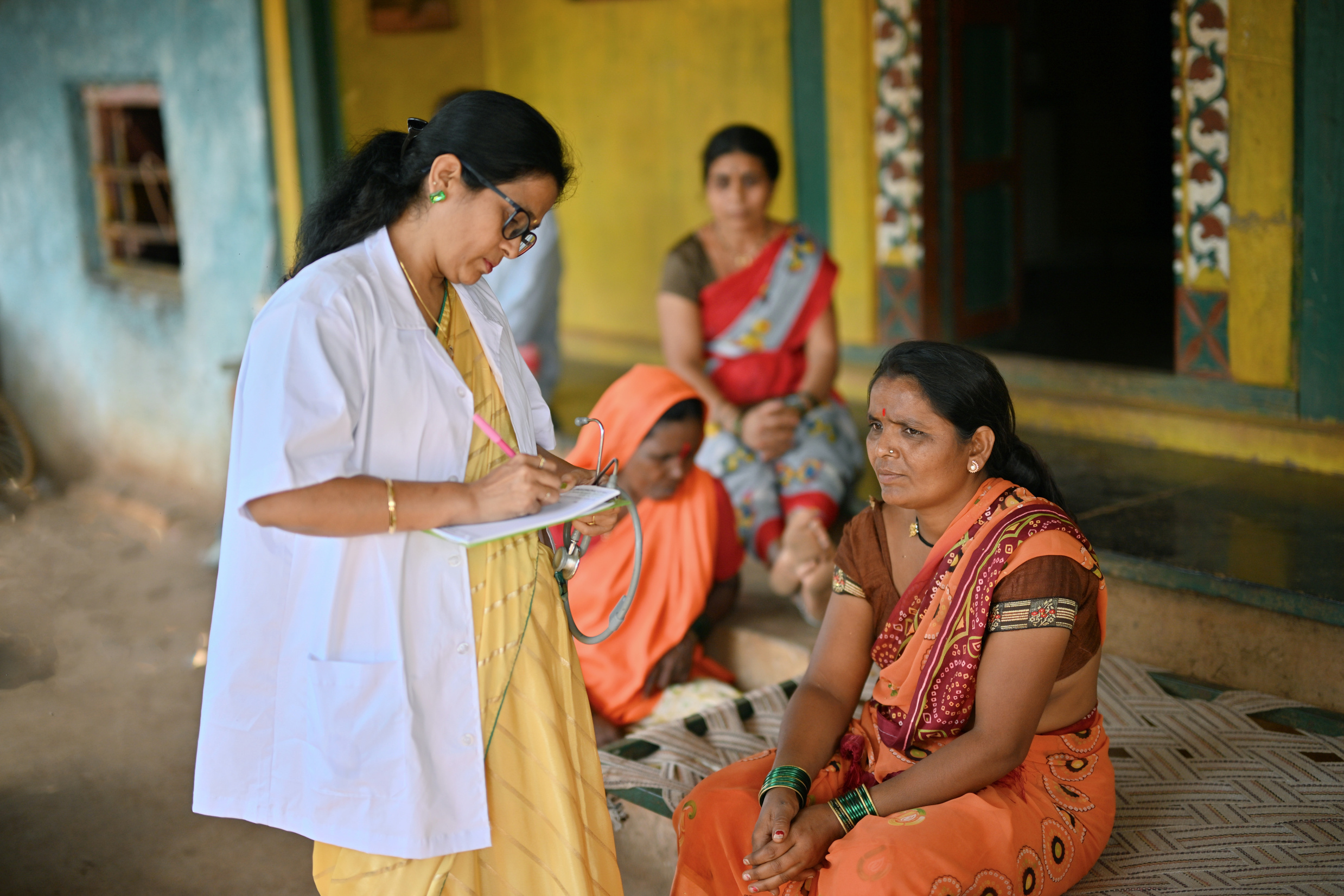
Survey Report – Impact of the Assisted Reproductive Technology (Regulations) Act 2021 on Oocyte Donors.
Oocyte (egg) donation in India is a key aspect of Assisted Reproductive Technologies (ART) and is regulated under the Assisted Reproductive Technology (Regulation) Act, 2021.
Oocyte donors play a critical role in helping individuals and couples facing infertility challenges.
SafeTree, a leading provider of donor insurance, conducted a survey to evaluate the impact of the Assisted Reproductive Technology (Regulations) Act 2021 on the usage of Oocyte donors in India.
The aim was to gather insights from IVF specialists and ART Banks with respect to changes in donor availability, client confidence, and the overall process post-implementation of the new regulations.
The survey reveals a mixed impact of the new ART regulations on the usage of Oocyte donors. The respondents noticed a substantial increase in Donor confidence and protection. Few respondents raised some concerns regarding availability of donors.
Most IVF specialists are optimistic about future of donor participation, provided certain regulatory adjustments and process improvements are made. Initiatives to increase awareness in the society regarding the process of Oocyte stimulation and retrieval can be explored across the country.
We would like to thank all respondents who took part in our survey by sharing valuable insights and it is our belief that if all stakeholders in the fertility eco-system work cohesively, there will be increased transparency and accountability, which in effect will be a boon for millions of couples facing fertility challenges in the country.
Every donor’s life is precious and it is our responsibility to provide adequate protection to each donor.
The potential for Oocyte donors in India is significant due to a combination of Demographic socio-economic factors. The following is an overview of the Oocyte donor market in India –
Growing Demand for Oocyte Donation
Infertility rates are on the rise due to
- Lifestyle changes, delayed pregnancies, and health conditions have contributed to increased infertility rates in India.
- According to estimates, around 15% – 20% of couples in India face infertility issues, fueling demand for advanced fertility solutions like egg donation.
- The gross fertility rate in India has decreased by almost 20% in the last decade in India.
- The human sperm count has fallen by over 50% over the last 50 years as per a study published in the Human Reproductive Update journal.
Boom in Assisted Reproductive Technology (ART)
- India has a thriving fertility industry, with over 2,000 ART clinics.
- The rising use of in vitro fertilization (IVF) has expanded the need for donor eggs, particularly for women with poor egg quality or early ovarian failure.
Large, Diverse Population Pool for Oocyte Donors
- Young Population – India has a vast pool of women in the reproductive age group (23y-35y), which aligns with the eligibility criteria for egg donation.
- Diverse Genetic Profiles – India’s diversity in ethnic and genetic backgrounds is a unique advantage for couples seeking donors that match specific characteristics.
- Awareness and Education – Education initiatives within society to increase awareness regarding the process of Oocyte stimulation and retrieval can be explored.
Awareness Gaps and Addressable Market
- Low Awareness Levels – Many women remain unaware of the opportunity to become egg donors or the medical safety measures involved.
- Addressable Market – Raising awareness among urban and semi-urban populations could unlock a substantial potential donor base.
Policy and Ethical Safeguards
- Regulated Industry – The ART Regulation Act, 2021 ensures ethical practices and protects the health and rights of donors, making the process safer and more transparent.
- Insurance Opportunities – Oocyte donor Insurance has enhanced confidence among donors, assuring them of financial and medical coverage.
Challenges to Overcome
- Social Stigma – Cultural and societal perceptions about fertility and reproduction can deter some women from participating.
- Medical Concerns – Ensuring proper care and minimizing risks like Ovarian Hyper Stimulation Syndrome (OHSS) is critical to encouraging donor participation.
- Accessibility – Clinics and organizations need to make egg donation accessible in Tier 2 and Tier 3 cities, where awareness and penetration remains low.
Market Potential
It is estimated that India has 300-500 lac couples with fertility challenges and 2-3 lac IVF cycles conducted annually. Given the rising infertility rates and growing ART adoption, the market for Oocyte donors is expected to grow substantially.
The following are key findings of the survey conducted to understand the impact of the Assisted Reproductive Technology (Regulations) Act 2021 on the usage of Oocyte donors in India –
Client Confidence
Increased Confidence – A significant majority (57%) of respondents indicated that client confidence in the system has increased post-implementation of the new ART regulations.
Donor Availability
Decreased Availability – Many respondents noted that donor availability has gone down since the implementation of new regulations.
Donor Protection
Better Protection – A common positive feedback was that donors now have better protection due to the new regulations.
Usage of Oocyte Donors
Mixed Experiences –
- 37% of respondents reported a decrease in the usage of Oocyte donors.
- Remaining 63% reported an increase or no significant change in usage of Oocyte donors.
Future Donor Participation
- Will Increase – The majority (66%) of respondents believe that Oocyte donor participation will increase in the coming times.
- Will Decrease – A smaller percentage (29%) of respondents believe Oocyte donor participation will decrease.
Insurance Coverage
- Health and Life Insurance – Over 60% respondents ensure both health and life insurance for their oocyte donors.
- Health Insurance Only –A few specialists provide only Health insurance.
Sourcing of Oocyte Donors
- ART Banks – The majority source their oocyte donors from ART banks.
- Direct Sourcing – Some specialists source donors directly.
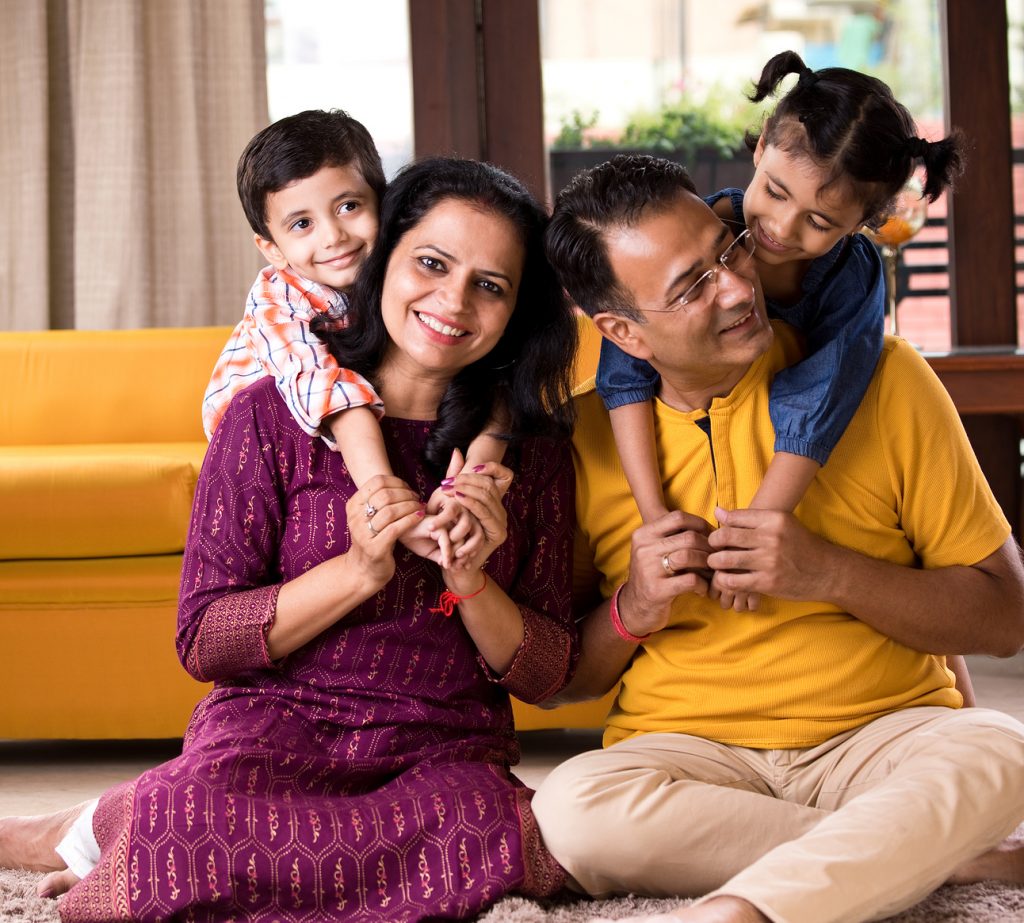
Survey Recommendations
- Enhance Donor Availability – Explore opportunities to increase donor availability.
- Implement Verification Tools – Develop tools for verifying donor identity to prevent multiple donations.
- Regulatory Adjustments – To review current regulatory framework to ensure a balance between donor protection and availability.
- Mandatory Insurance for Donors – To ensure compliance of health and life insurance for Oocyte donors, awareness sessions should be conducted.
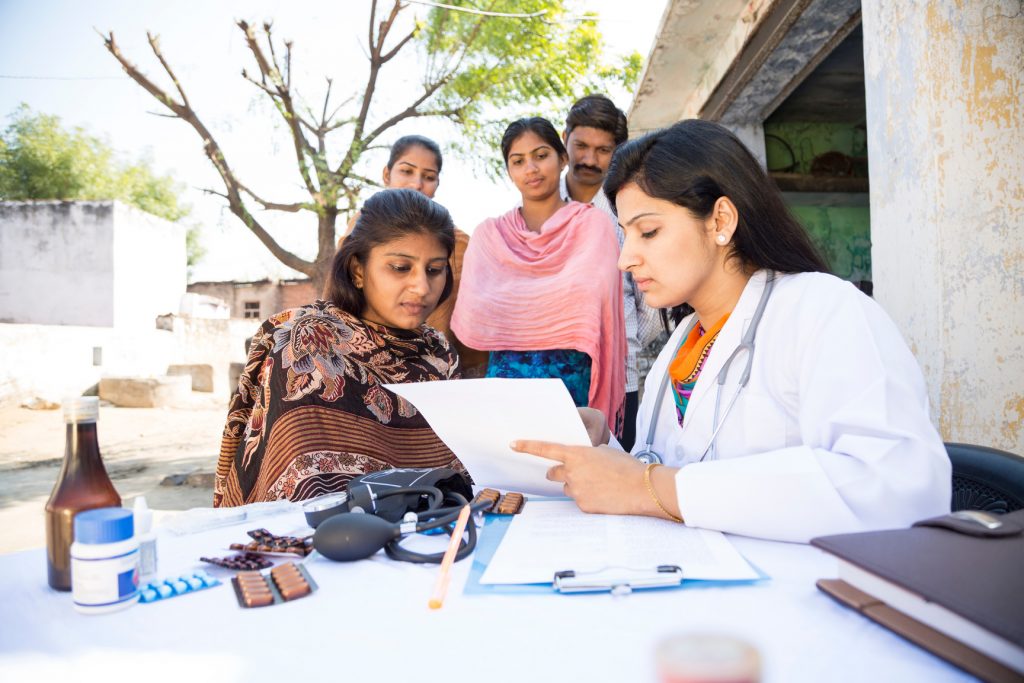
Q – What percentage of couples consider an Oocyte Donor
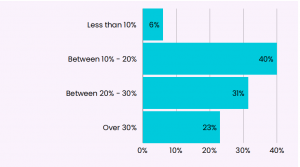
Key Takeaways
As per 50% of the respondents, nearly 1 in 5 couples consider an Oocyte donor
Q – What has been your experience regarding utilization of Oocyte Donors post ART regulations
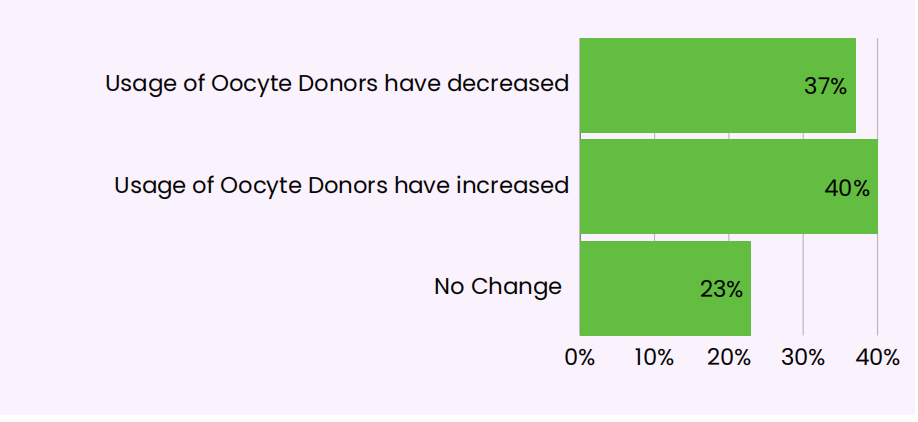
Key Takeaways
Nearly 40% of the respondents have experienced an increase in Oocyte donors post implementation of ART regulations. This is expected given the drop in fertility rates.
Q – I believe Oocyte Donor participation in coming times will
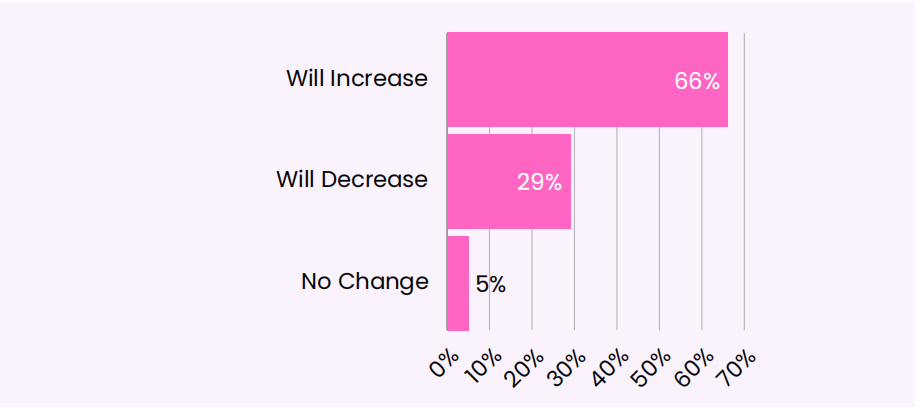
Key Takeaways
Nearly 2/3 of the respondents believe there will be increased participation of Oocyte donors in the years to come.
Q – We ensure following insurance cover for our Oocyte Donors
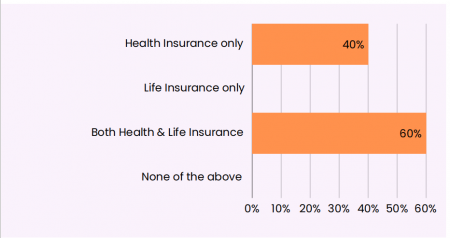
Key Takeaways
Regulations require that Ooctye donors to have Health and Life insurance coverage.
However, 40% of donors are not provided with life insurance. Need to increase awareness regarding compliance requirements.
Q – We source Oocyte Donors from
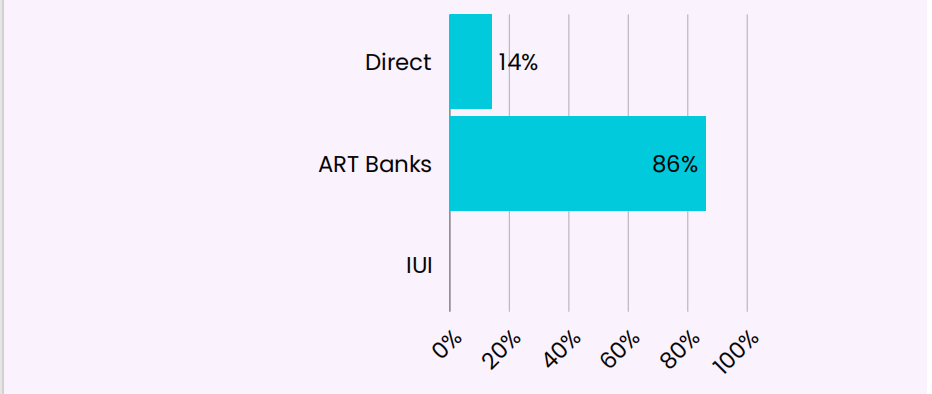
Key Takeaways
86% of respondents rely on ART Banks for Oocyte donors.
Q – From your perspective what is your assessment post implementation of new ART regulations (Multiple options selected)
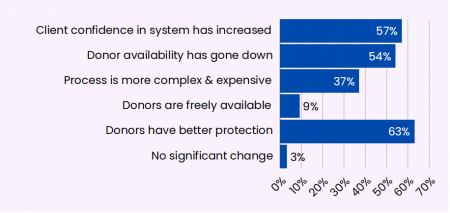
Key Takeaways
2/3 for respondents believe Oocyte donors have better insurance protection now.
57% have increased confidence in the system post new guidelines.
50% respondents have experienced a drop in donor availability.

